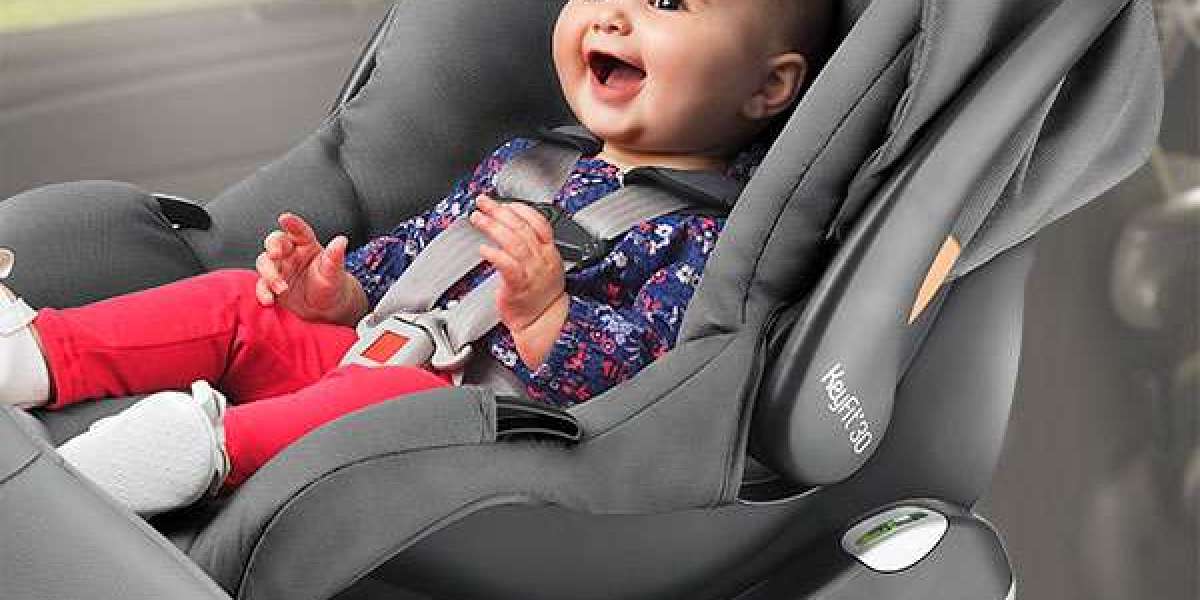Becoming a parent means making countless decisions, many of which center on the safety and well-being of your child. One of the most crucial choices you'll make, especially in the early years, is selecting the right baby car seat. A car seat isn’t just a practical necessity—it's a life-saving device that protects your child in case of an accident. Let’s walk through everything you need to know about baby car seats, from types and installation to common mistakes and safety tips.
Why Is a Baby Car Seat So Important?
When you bring your newborn home from the hospital, a car seat is one of the first things you'll need. Properly using a car seat reduces the risk of death by 71% for infants in car crashes. Without it, even a minor fender bender could be dangerous. Babies and young children have delicate bones, heads, and necks, so a car seat is specifically designed to keep them safe in ways that adult seat belts can't.
Different Types of Baby Car Seats
When you start shopping for a baby car seat, you'll find there are three main types to consider, depending on your child’s age, weight, and height:
Infant Car Seats (Rear-Facing Only)
These seats are specifically designed for newborns and young babies. They are always rear-facing, which is the safest position for infants. Rear-facing seats protect a baby's head, neck, and spine in the event of a collision. Infant car seats are typically portable, making them convenient for moving in and out of the car without waking a sleeping baby.Convertible Car Seats
Convertible car seats can be used both in rear-facing and forward-facing positions, which makes them a long-term investment. You can start with the seat in the rear-facing position for your baby, then transition it to forward-facing as your child grows. Although they are bulkier and not as portable as infant car seats, convertible seats can be used for a longer period—usually from birth until your child reaches around 65 pounds.Booster Seats
Booster seats are for older children who have outgrown their forward-facing seats. They elevate the child so that the car’s seat belt fits them properly. Typically, children use booster seats until they are tall enough for the seatbelt to fit correctly without additional support—usually around 4 feet 9 inches tall.
Key Features to Look For
When purchasing a baby car seat, here are some features that can make a significant difference in terms of safety and convenience:
5-Point Harness
A car seat with a 5-point harness provides maximum protection. The harness has five attachment points: two at the shoulders, two at the hips, and one between the legs. This secures the baby snugly, distributing force in the event of a crash.Side Impact Protection
Some car seats offer enhanced side impact protection with extra padding around the head area, which can be crucial in the case of a side collision.Easy Installation
A car seat that’s difficult to install is a safety risk. Look for one with a LATCH (Lower Anchors and Tethers for Children) system, which makes installation simpler and more secure. Some models come with indicators to show when the seat is installed correctly.Adjustable Headrest and Harness
Babies grow fast, and adjustable features ensure the seat fits your child comfortably and securely as they get bigger.
Common Mistakes Parents Make with Baby Car Seats
Even the best car seat won't protect your child if it's used improperly. Unfortunately, many parents unknowingly make errors. Here are a few common mistakes and how to avoid them:
Incorrect Installation
It’s crucial to follow the manufacturer’s instructions exactly when installing the car seat. Many local fire stations, police departments, and baby stores offer free car seat checks to ensure it’s properly installed.Using an Old or Expired Car Seat
Car seats have expiration dates, usually between 6 to 10 years. Materials wear out over time, and safety standards change, so it’s important to avoid using a hand-me-down seat if it’s expired.Not Using the Seat Rear-Facing Long Enough
Many parents switch to a forward-facing seat too soon. It’s recommended that children remain in a rear-facing car seat until at least the age of two or until they reach the maximum weight and height limit for the seat.Harness Too Loose
The harness should be snug, with no slack. If you can pinch the strap at the shoulders, it’s too loose.
Tips for Using a Baby Car Seat Safely
Read the Manual
Both your car’s manual and the car seat’s manual contain important safety information. Don’t assume you know how to install it without reading these.Check for Recalls
Before using a new or used car seat, check for recalls by the manufacturer. Car seat recalls are relatively common, and most companies will replace or repair a faulty seat for free.Dress Baby Appropriately
Avoid bulky coats or blankets inside the harness. These create extra space that prevents the harness from being snug, putting your baby at risk. Instead, place a blanket over the harness if it's cold outside.Rear-Facing as Long as Possible
Keep your child in a rear-facing seat until they’ve outgrown the height or weight limit for that seat. Rear-facing is five times safer for children under the age of two.
Conclusion
Choosing the right baby car seat and using it correctly is one of the best ways to protect your child on the road. From ensuring a proper fit to regularly checking for recalls, taking these extra precautions can make a world of difference in your baby’s safety. With so many options available, it's essential to find a car seat that fits both your child and your lifestyle, while ensuring that it meets all safety standards. Taking the time to do it right will give you peace of mind and keep your little one safe every time you buckle up.







